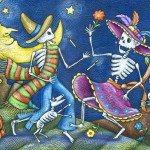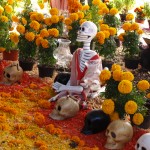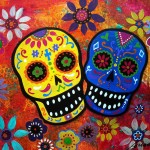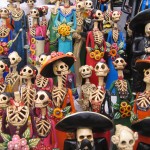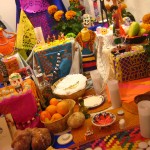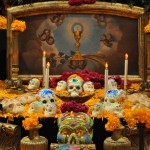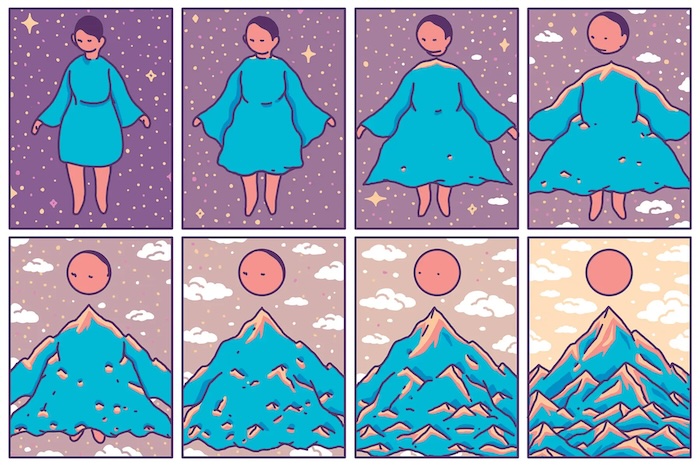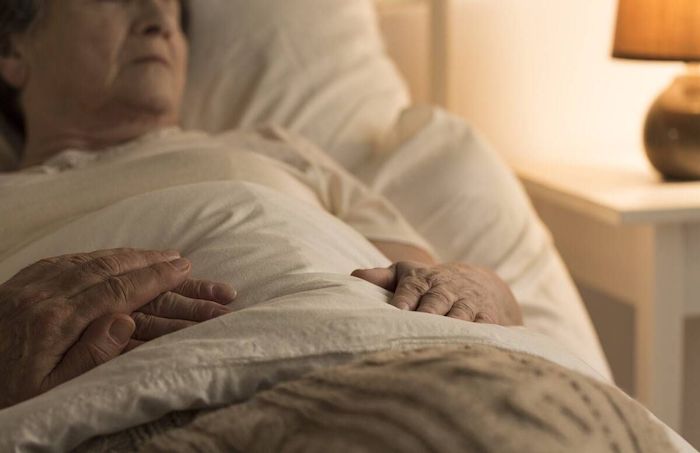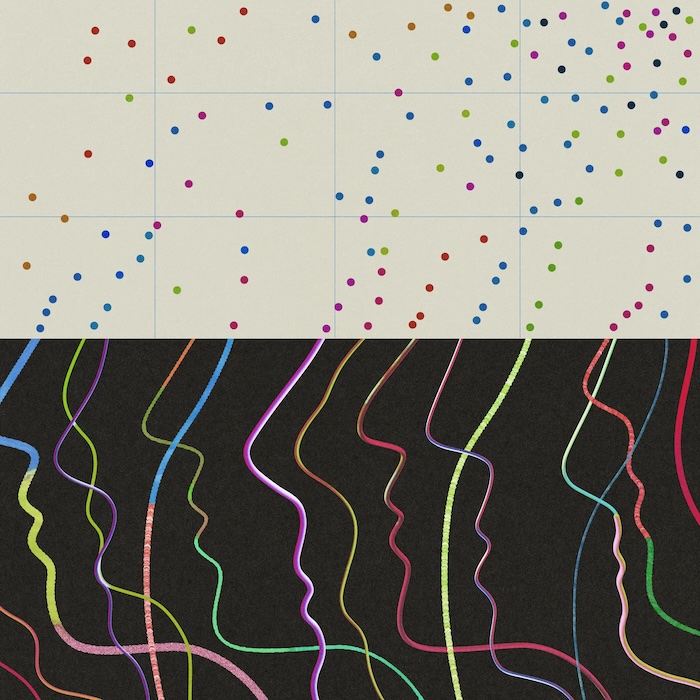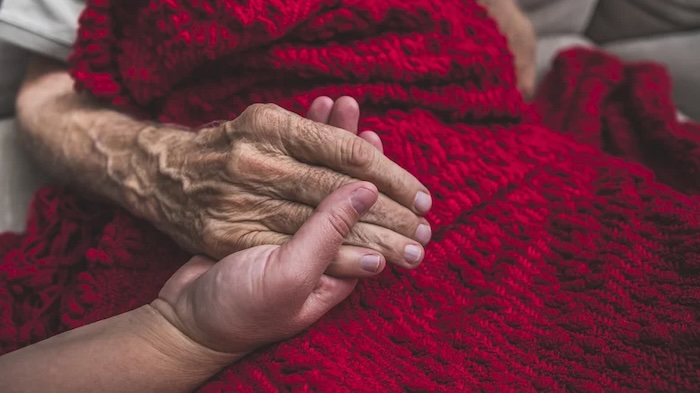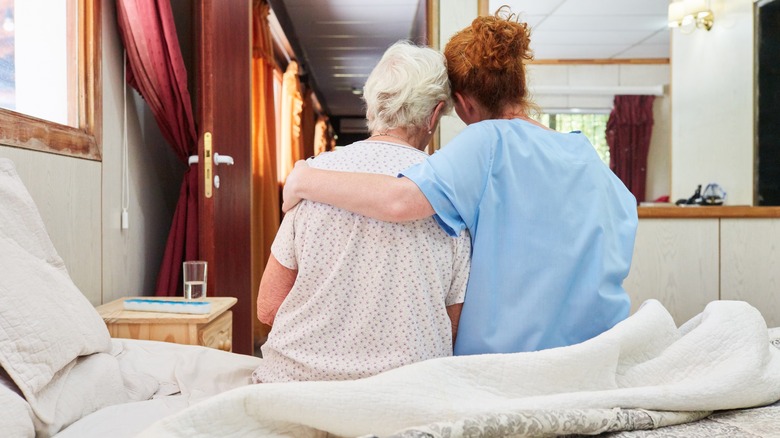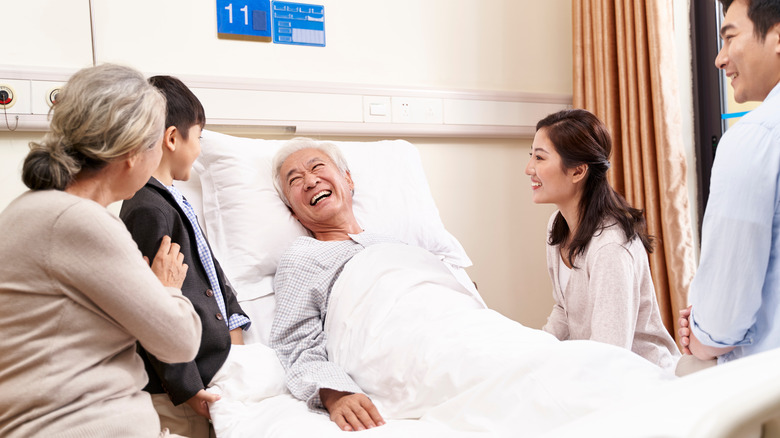— Mental health experts weigh in on this common impulse to find out the cause of death.
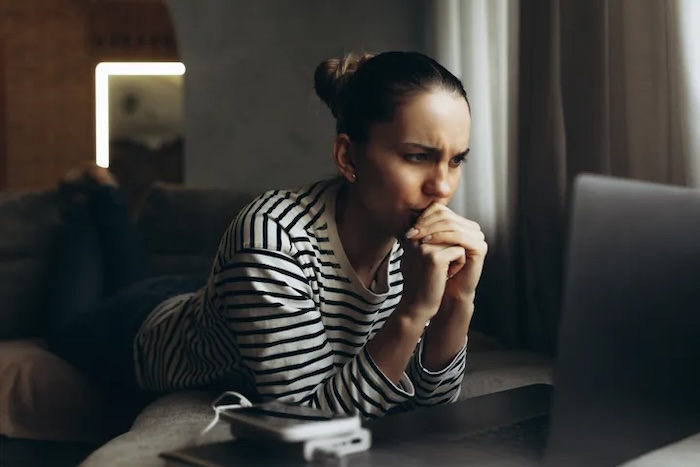
When we learn that someone has died ― especially at an earlier age than expected ― there’s often a flood of painful emotions and difficult questions. Chief among them: How did this happen?
Whether we knew the deceased well or they were a complete stranger, some of us have a tendency to fixate on finding out the cause of death, perhaps devoting hours to internet research as we desperately search for clues that might provide an reason. Others might reach out to express condolences to their loved ones … followed by the blunt question. Though the approach to finding answers can vary, the underlying impulse is not uncommon.
“I think when we hear about someone passing away at a young age, it rocks our sense of normalcy and the way we conceptualize the world,” said Rachel Thomasian, a licensed therapist and owner of Playa Vista Counseling in Los Angeles. “We operate with the general belief that people live until they are older and, barring a major catastrophe, will die well after they retire. Believing this is our brain’s way of keeping us psychologically safe from worrying about all the bad things that actually could happen.”
She added that not knowing the cause of death can lead us to think about all the possible ways a person can die. This need to have the reason a relatively young person died is about giving us some sense of meaning as to why this could happen.
“People have a natural fear of their own death, so when they hear of an untimely death, it might give them a sense of control to know how they died so they can try to prevent that,” Thomasian said. “So when we hear about someone who dies at a young age, it reminds us not only of our own mortality but that we too are not immune from dying much sooner than our 100th birthday.”
Because most of us don’t enjoy actively thinking about our own mortality, we tend to counter such thoughts with the assumption or hope that we’ll die peacefully in our sleep of old age, as will our loved ones.
“So when we have to confront the reality that someone died young, it creates a conflict with this assumption and we try to resolve it by getting more information,” said Zainab Delawalla, a clinical psychologist in Atlanta, Georgia. “Ultimately, we want to reinforce for ourselves the idea ‘that [dying young] won’t happen to me.’”
This impulse to want to know the cause of death also stems from our natural curiosity as people. In the age of the internet and social media, those in younger generations particularly pride themselves on their ability to quickly find information about other people. So not knowing how someone died can feel like a frustratingly incomplete puzzle, which compounds the difficult emotions surrounding a tragic and shocking loss.
“This neurological need to understand how and why someone died relates to a concept that social psychologists call ‘cognitive closure,’ which refers to the motivation to find answers to ambiguous situations,” said Becky Stuempfig, a Southern California-based therapist. “All of us have different levels of need for cognitive closure, and this need often increases during stressful events such as a death. Our brains struggle with the unknown, and it brings us peace when we can answer the ‘why’ and dispel the mystery surrounding the loss. Even if we do not have accurate information, our minds may hold on to any answers we can gather.”
Is this impulse a bad thing?
“Generally speaking, I think trying to resolve internal conflicts by seeking more information is not a bad thing,” Delawalla said. “The impulse to figure out the exact cause of death when someone dies at a young age is likely rooted in us trying to desperately hold on to the assumption that we might still die peacefully of old age. More information on one specific case would allow us to figure out why these circumstances are different and how they don’t apply to us.”
There’s nothing inherently wrong with wanting details that allow us to put order to things that feel chaotic, and the unknown process of death and what happens after we die certainly fall into that category.
“For some, the attempt to understand how and why someone died stems from a desire to delay the frightening concept of death by prolonging life and avoiding whatever caused the death,” Stuempfig said. “This is often seen when children pass away. The loss of a child feels so unnatural and traumatic that others sometimes feel a desperate need to understand the cause of death in an attempt to avoid a similar loss and to place some kind of reason to a situation that feels like it should never happen.”
However, this impulse can become problematic in certain situations, she added. For example, you might need to take a step back if your desire to learn the cause of someone’s death becomes obsessive and interferes with your daily functioning. Don’t let it impact your sleep or ability to complete work or other tasks.
“On the extreme alternative end, those who fixate on all the alternative ways one could die young are usually dealing with some form of anxiety,” Thomasian noted.
Ask yourself if your desire for this information is related to a deeper problem you should work through with a professional therapist.
“I think the impulse can be bad if it influences you to cross boundaries or disrespect what a person or family has lost,” added Racine Henry, a licensed marriage and family therapist in New York City. “It’s not always appropriate to ask ‘what happened?’ ― especially when the loss is new and people are trying to figure out how to grieve.”
Show respect for the deceased person’s loved ones and their desire for privacy.
How can you avoid feeling consumed by your need to know?
If you’re feeling consumed by your need to know someone’s cause of death, try to shift your mindset. Examine the source of your frustration and ask what you see as the benefits to gain from knowing how they died and harms from not knowing.
“If the desire stems from concern over personal health or wanting to safeguard family members from potentially dangerous situations, open discussions and proactive steps can empower the individual to regain a sense of control,” Stuempfig said.
“For example, if someone feels preoccupied by a death that they suspect was caused by suicide, it could be therapeutic to have open discussions with people in their lives about how they can take care of their mental health. This can help give people a sense of control, counteracting the prevailing feelings of helplessness.”
Try to determine whether your feelings around wanting this information are related to something in your own life.
“Most often there’s a judgment attached to a manner of death ― i.e., if someone died from an overdose, you may feel they deserve less empathy vs. someone who died from a car accident or plane crash,” Henry said. “What does that judgment say about you, and why is it necessary to attach meaning to how someone passes away? Spend time thinking about how that informs the way you treat others.”
Focus on showing empathy for how their loved ones might feel about the cause of death as well.
“Remember that many times the cause of death is not revealed openly because of the family members’ fears about how others will respond and judge them,” Steumpfig said. “In the case of substance abuse overdose or death by suicide, family members are often reluctant to share the cause of death out of fear of judgment or blame.”
Give yourself grace as you process the uncertainty and difficulty of death as well. Stop the “what if” questions from turning into intrusive thoughts and feelings by labeling them without self-judgment.
“Instead of feeling shame for wanting to know the cause of death, recognize the need as a natural function of the human brain,” Stuempfig said. “It can be useful to alter our inner dialogue from ‘What’s wrong with me? Why am I so morbidly obsessed with finding out how this person died?’ to ‘OK, I’m having an intrusive thought about wanting to know the cause of death and that’s just my brain doing its job.’”
Shifting our negative self-talk helps reduce judgment, anxiety and shame ― which thereby decreases the frequency of potentially harmful impulses. So rather than judging yourself for having them (and thus helping them grow stronger), focus on awareness to avoid feeling consumed by intrusive thoughts.
“Discussing these impulses with trusted family and friends can also help reduce isolation and self-criticism as it is a universal human need to seek answers in such situations,” Stuempfig added.
If you didn’t know the person who died well, consider how you might channel your fixation into something more positive.
“Try to refocus on how you can honor what those who are impacted are going through,” she said. “Maybe you can drop off a meal or help with the funeral arrangements. How can that energy be used to benefit those grieving?”
The finality of death can prompt serious anxiety and fear, but no piece of information will make it feel less uncertain.
“Instead of frantically looking for information to confirm ‘that won’t happen to me,’ let us work on accepting that none of us knows how or when we will confront death,” Delawalla emphasized. “We do, however, know and have many more choices around how we confront life. Let us spend more energy on that.”
Complete Article ↪HERE↩!






